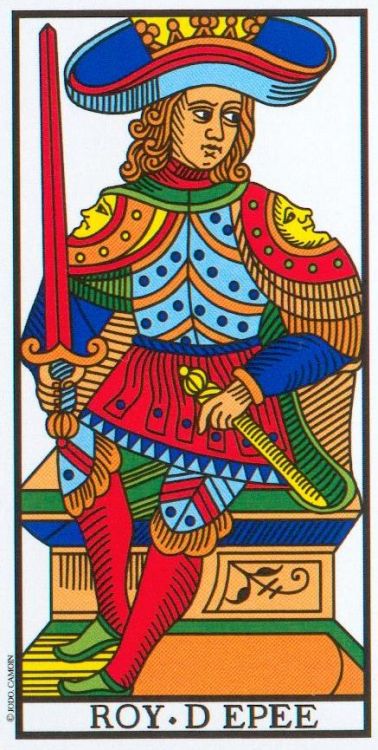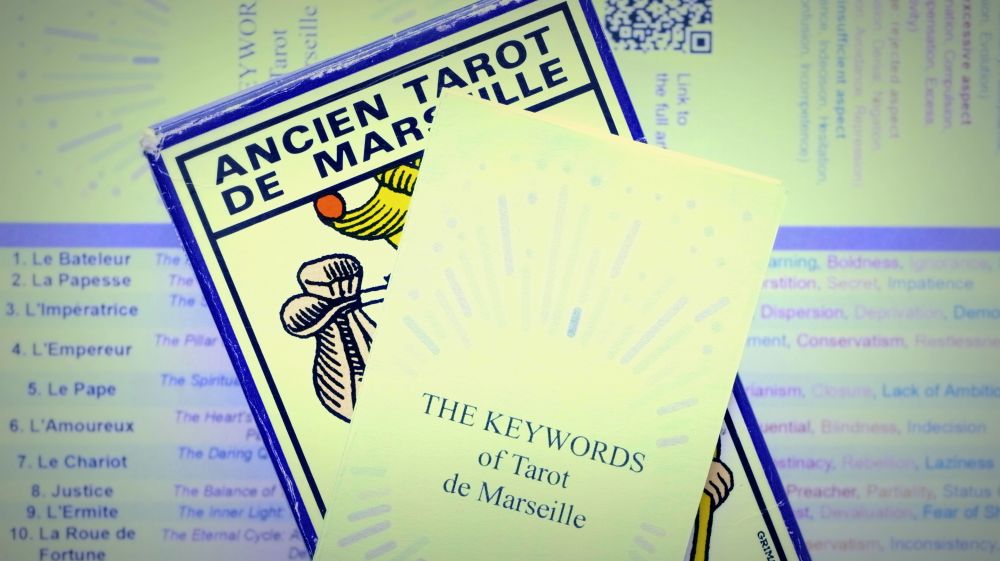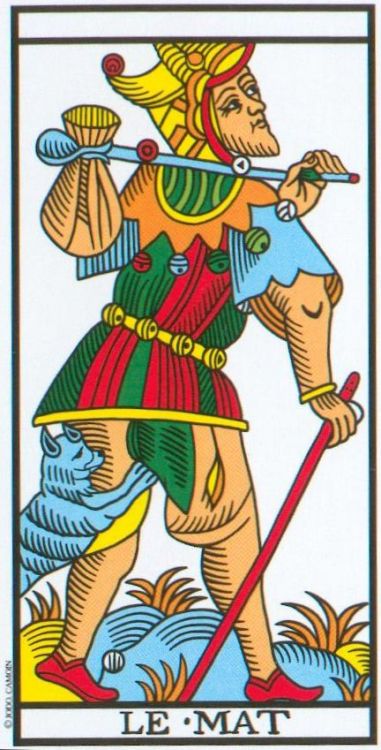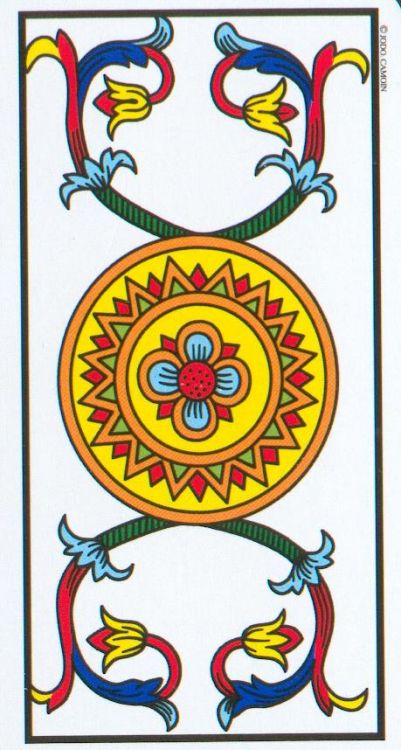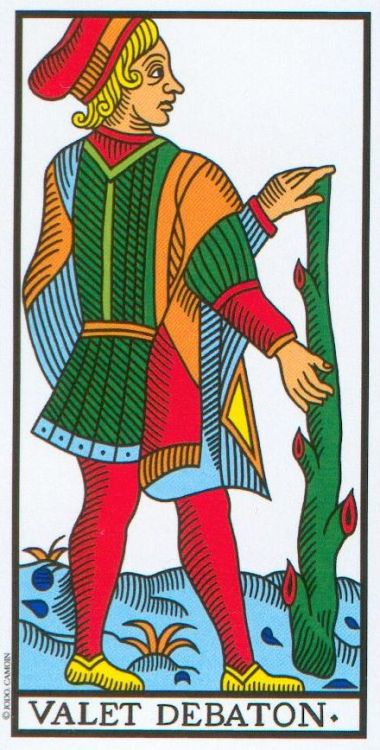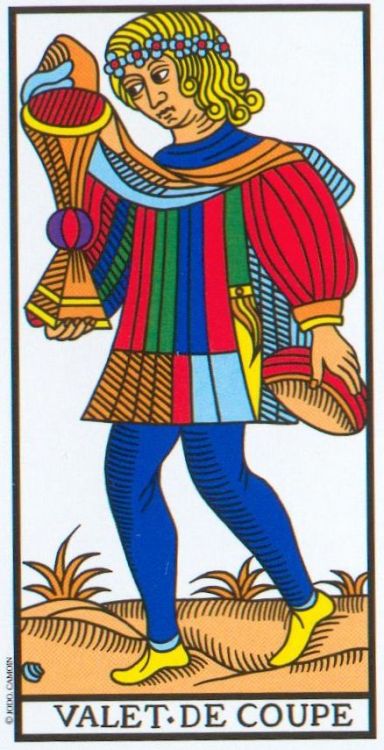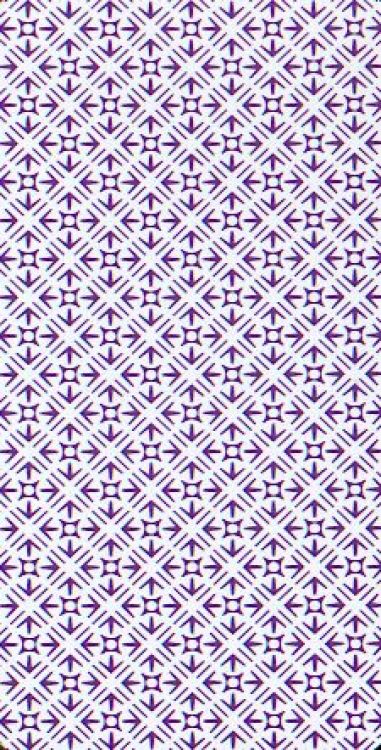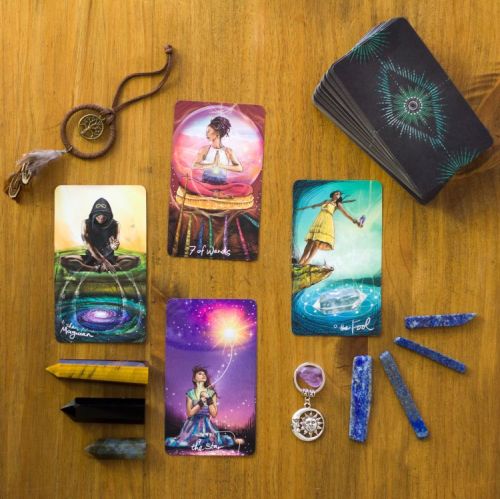The Jodorowsky-Camoin Tarot is very esoteric on close observation. Fortunately all the esoteric elements are subtle, and can be perfectly ignored when reading the cards. These additions in no way affect the canonical form of the Tarot de Marseille. The cohabitation between the creativity of the authors and the respect of the standard is perfectly successful.
Concerning these new elements brought by the two authors, I find that they bring little to the divinatory use of the cards. In my opinion, they complement above all the initiatory message of the Major Arcana. But I am not sure that these additions do not lead to complexity and confusion during the study, since they refer to traditions outside the Tarot such as Kabbalah, Freemasonry, or others. And as I have said before, I believe that the Tarot is self-sufficient, its message is already so rich and wise that it is useless or even counterproductive to mix it with other philosophical schools.
The medieval imagery of this tarot is certainly modernized with a palette enriched with 8 colors with rather pastel tones. The images are pleasant to look at. Beyond the great popularity of this tarot (most certainly due to Jodorowsky's aura), the beginner may however prefer a Tarot de Marseille with a renewed and modern design like Fournier's (which I review here) or Bruno de Nys's (my review here). The advantage of Fournier's Tarot is that it respects the canonical form of the Conver, without any additions, with modern colors. And the advantage of Bruno de Nys's tarot is to offer new scenes.
The advanced practitioner will undoubtedly seek more authenticity. He will avoid the Jodorowky-Camoin tarot that the authors declare as "as it was originally" whereas it is false! And he will distance himself from Philippe Camoin's far-fetched theories on the origins and meaning of the Tarot de Marseille. Also in search of true authenticity, he will no doubt prefer historical facsimile tarot cards (such as the Heron, reviewed here) or restored ones (such as the Flornoy tarot cards: the Dodal here and the Noblet here ).
To learn more and deepen your knowledge of tarot, check out my article on the meanings of the 78 tarot cards or on the 22 Trumps (major arcana).

 Please note that this review is based on material and product in French. Depending on the edition you buy, the material could be identical, but also different on the packaging, the guidebook, the booklet, or the card stock . I'm sorry I can't systematically buy tarot cards and books in all editions (I don't receive gifts from publishers)! 😅
Please note that this review is based on material and product in French. Depending on the edition you buy, the material could be identical, but also different on the packaging, the guidebook, the booklet, or the card stock . I'm sorry I can't systematically buy tarot cards and books in all editions (I don't receive gifts from publishers)! 😅 
